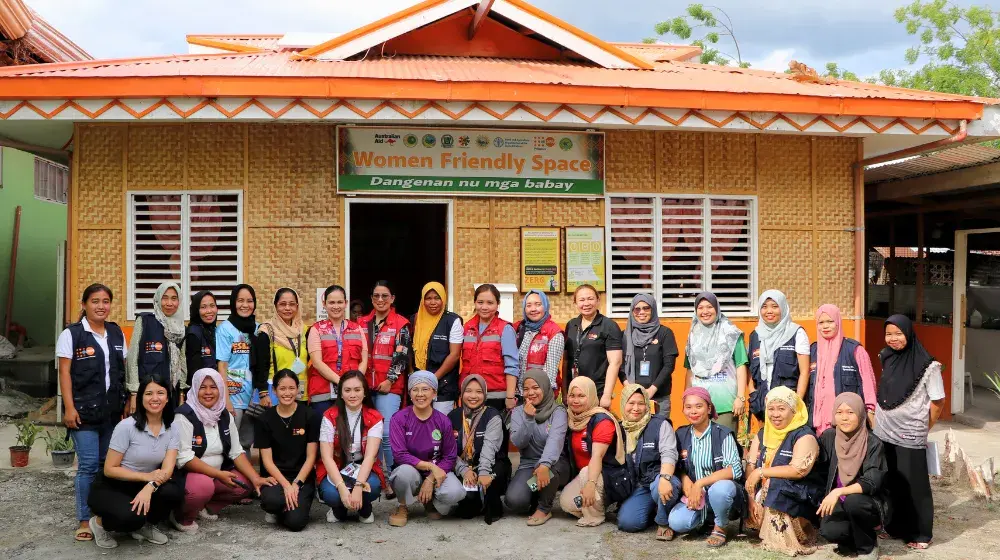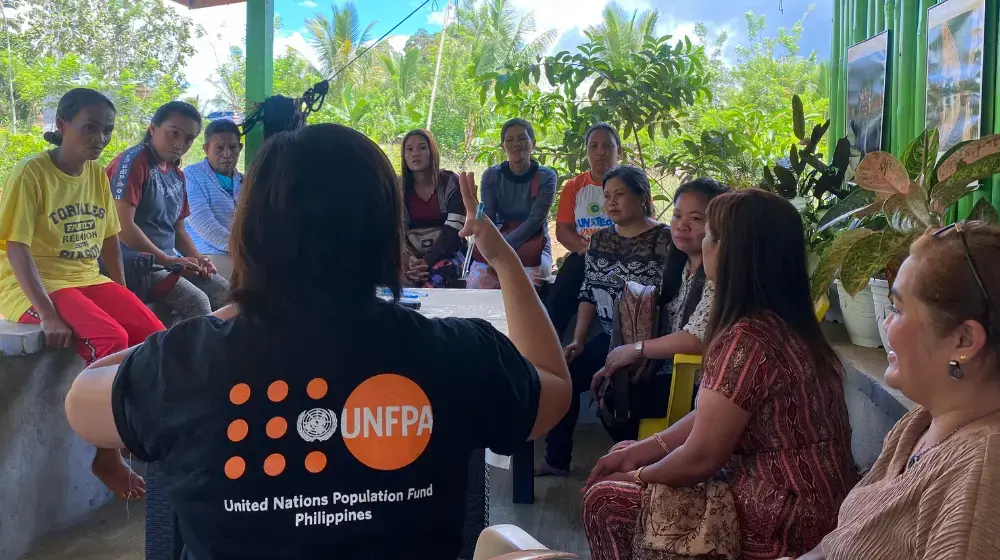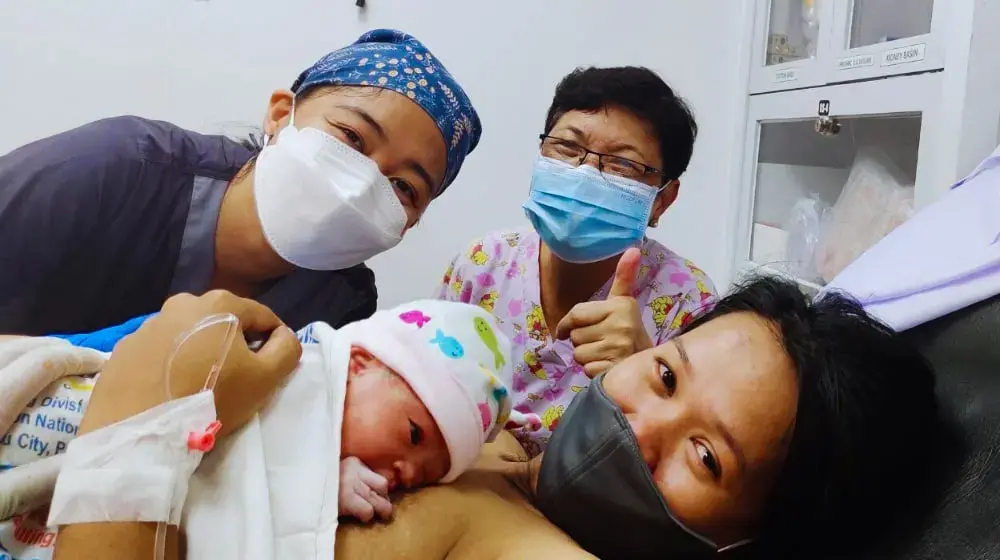Catanduanes, The Philippines --- Arra Constantino, a nurse by profession, says that many of the province’s health facilities were affected by the strong wind and heavy rains brought by Typhoon Rolly. "When we visited several health centers, we saw how damaged health facilities are. A month after the typhoons left the country, numerous health centers are still under repair. Local health workers made make-shift work stations to accommodate residents in need of medical attention," she reports. She is also a staff member of World Vision Philippines.
On 01 November 2020, Super Typhoon Rolly (international name Goni) packed with a maximum wind of 315kph, left a trail of extensive damage in Catanduanes and other provinces in southern Luzon. The National Disaster Risk Reduction and Management Council (NDRRMC) reports that Super Typhoon Rolly has affected over 2 million people nationwide and left Php12 billion (US$ 240 M) worth of damage to infrastructure and Php 5 billion (US$100 M) in agriculture. Rolly’s damage to power facilities reached Php 345 million ($US16.6M), according to the National Electrification Administration (NEA).
Just a few days after, typhoon Ulysses (international name Vamco) entered the Philippines, which further aggravated the situation of families barely coping with Rolly. With the back-to-back typhoons and COVID-19, The United Nations Office for the Coordination of Humanitarian Affairs in the Philippines called the emergency a “triple crisis.”
Filling the gap for the sexual and reproductive health of women
According to UNFPA, the United Nations Population Fund, during conflicts, natural disasters, and public health emergencies, sexual and reproductive health needs are often overlooked – with staggering consequences. Pregnant women risk life-threatening complications without access to delivery and emergency obstetric care services.
With super typhoon Rolly causing massive damage to infrastructures like health centers and water and power facilities in the province, access to maternal health services has become challenging.
To support the local health units’ continuity of service delivery, UNFPA, through the support of the Australian Government and its implementing partner, World Vision, set up emergency tents as temporary birthing clinics for pregnant women. The tents also assure continuous pre and postnatal care and safe birth delivery for pregnant and lactating mothers. Power generators complemented the tents. Another health worker, Ann Torno, added, "The assistance we received would help us cope with our situation.” These generators aid midwives and other health workers in providing safe health services, particularly for equipment use and adequate room lighting of facility-based deliveries, even with frequent power outages. “Also, we no longer need to bring our vaccines to the provincial health office because we now have a generator,” Ann adds. Vaccines for pregnant women like tetanus toxoid require storage in certain temperatures to retain their efficiency.
The water purification tablets or aqua tabs support pregnant and lactating mothers to have clean and potable drinking water after the typhoon destroyed the water system. Clean water is also an essential requirement during facility-based deliveries and other procedures such as internal examination and equipment disinfection.
With assistance from the Australian Government Prepositioning Project to the Philippines, UNFPA and World Vision initially provided health centers with at least 1400 maternity and dignity kits to support mothers and women with disabilities. In addition, health facilities in Virac, Baras, and Bato municipalities received temporary health and protection facilities for women and girls.
***
Story originated by World Vision. Edited by UNFPA Communications Office.




